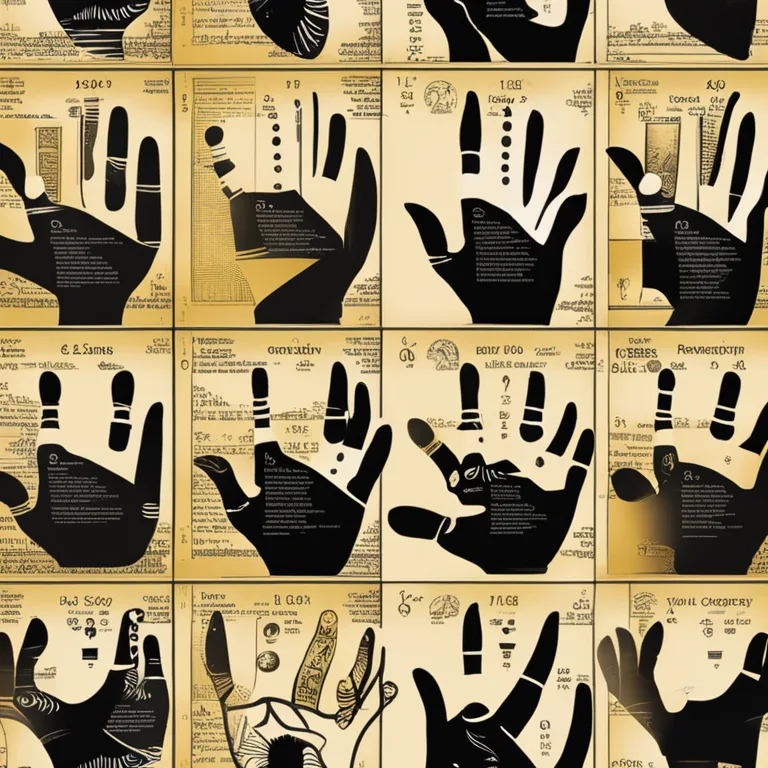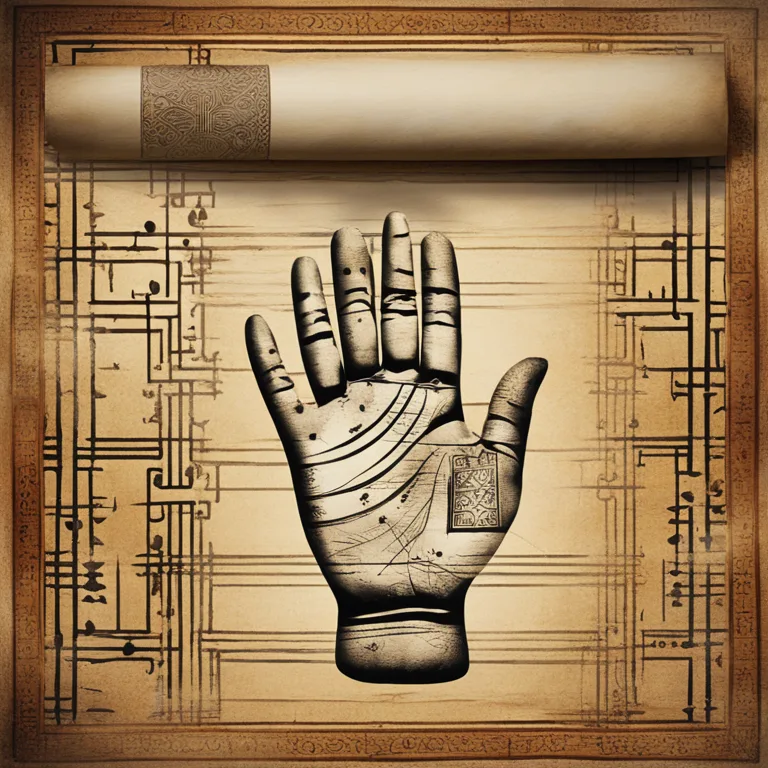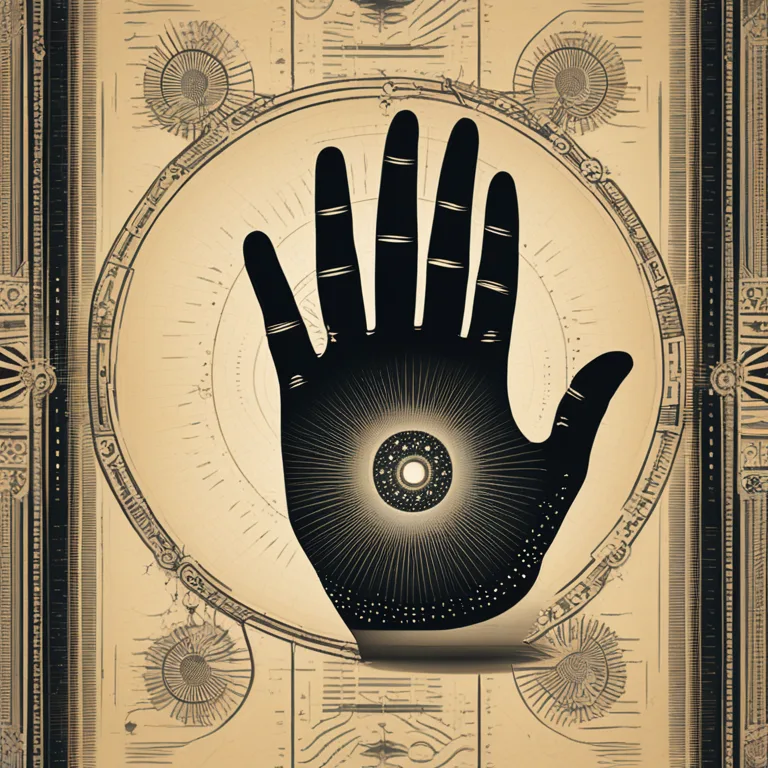
The Origins of Palmistry: Tracing Back the Lines of Time
Delve into the ancient roots of palmistry and discover the cross-cultural journey of reading hands that has fascinated humanity for centuries.
article by Nora Pennington
The Dawn of Palmistry
In attempting to trace the origin of palmistry, one must step back into the mists of time to discover the earliest seeds of this enigmatic practice. Historical records suggest that palmistry, also known as chiromancy, may have begun over 5,000 years ago. It's a form of divination that involves the study of the palm to interpret personality traits and predict future events. This art has traversed through the realms of ancient India, China, Egypt, and Greece, weaving its way through countless civilizations and cultures.

Ancient Civilizations and Palmistry
The practice is believed to have been present in Indian culture as a part of the Hindu astrology system, known as Hasta Samudrika Shastra. Ancient Chinese writings also show evidence of palmistry, used alongside other forms of divination and medicine. In Egypt, palm readings were possibly used to assess character traits, as depicted in hieroglyphics. Greek history narrates the legend of Anaxagoras, a philosopher who is said to have read palms in his inquiries into the human psyche.

Palmistry's Path through Centuries
As civilizations blossomed, palmistry's vines spread across Europe brought by travelers and scholars. During the Middle Ages, the church deemed it forbidden, casting it alongside witchcraft. However, the Renaissance revitalized interest in it as part of a broader exploration of astrology, alchemy, and magic. The 17th century witnessed a formalization of palmistry in Western culture through the publication of chirological texts, transforming it from mystical lore to a subject of scholarly interest.

Modern-Day Acceptance and Growth
In modern times, palmistry has had a resurgent wave of popularity, with books, courses, and online platforms expanding its reach. Though still regarded with skepticism by the scientific community, it has found its niche in the collective imagination. The digital age has allowed for the cross-pollination of different interpretive techniques, rejuvenating interest in palmistry as both a self-help tool and a form of entertainment.

The Nuances of Reading Hands Today
Today, palmistry incorporates traditional methods along with new approaches adapted to contemporary lifestyles. It is a confluence of intuition, experience, and, to some extent, knowledge of human psychology. Contemporary palmists advise that while palmistry can provide insights, it should be used with the understanding that it is not a deterministic science but rather a guide.
Future Prospects of Palmistry
Looking forward, palmistry is likely to evolve further, shaped by the cultural dynamics and technological advancements of society. As an immortal facet of human curiosity, this practice promises to adapt to the changing times, retaining its mystique while inviting exploration and perhaps, a touch of self-discovery.
Published: 1/3/2024
Modified: 1/3/2024
More predictions
Come back here soon to learn more about yourself and your future


The Correct Hand for Palm Reading: A Guide
Learn which hand to read for insightful palmistry interpretations and how the distinction influences personal readings.


Palmistry Guide: First Steps in Hand Analysis
Embark on a journey into palmistry with our beginner's guide, mastering the essentials of palm reading for insights into personality and destiny.


The Language of Palmistry Fingers: A Comprehensive Guide
Delve into the significance of fingers in palmistry and what they reveal about our personalities and futures